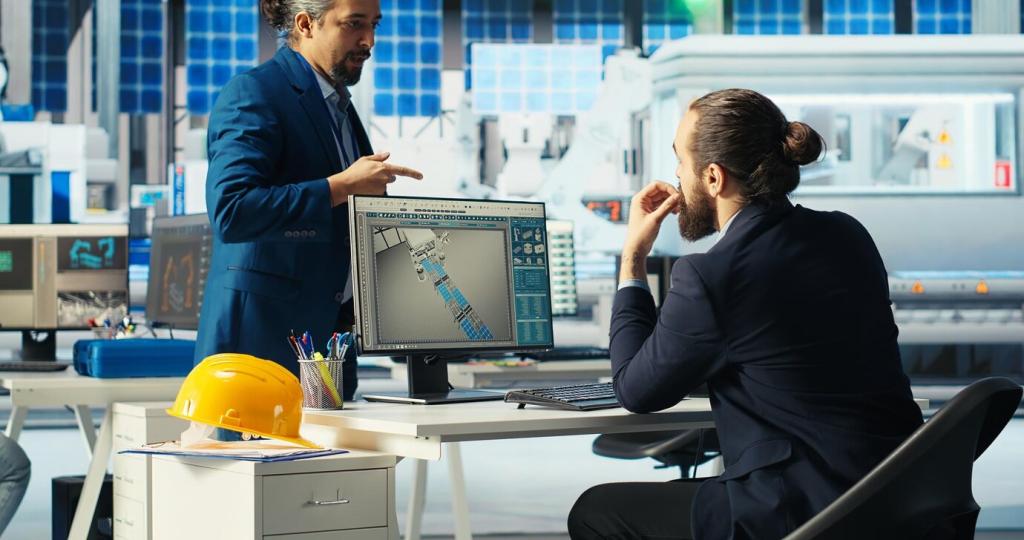Building Smarter: AI and Machine Learning in Construction Consultation
Chosen theme: AI and Machine Learning in Construction Consultation. Welcome to a practical, people-first exploration of how data, models, and real-world field wisdom combine to deliver safer projects, tighter schedules, and sharper budgets—without losing the craftsmanship and teamwork that make construction meaningful.
Why AI Matters on the Jobsite
Great superintendents will always trust their instincts—but pairing experience with machine learning multiplies clarity. Models digest weather, procurement logs, and past schedules, surfacing patterns no human can scan at once, then translating predictions into simple, timely actions the field actually uses.

Predictive Scheduling and Risk Forecasting
Machine learning can study predecessor chains, crew availability, seasonality, and inspection durations to predict slippage before it appears on the Gantt. Think of it as a quiet analyst reviewing thousands of baselines and updates, surfacing where contingency should move next week, not after the damage is done.
Computer Vision for Safety and Quality
Computer vision can tally PPE compliance, detect housekeeping hazards, and observe congestion near hoists—without naming individuals. When framed as coaching, not punishment, these insights help crews correct conditions early, keeping momentum strong and morale intact while lifting the safety culture one small win at a time.

Design Optimization and Generative Approaches
Multi-objective optimization evaluates cost, schedule, and carbon simultaneously, highlighting design alternates that balance trade-offs transparently. Instead of arguing preferences, teams compare outcomes side by side, then choose options supported by data and experience, preserving quality while protecting project intent and stakeholder trust.
Design Optimization and Generative Approaches
Generative tools can propose layouts honoring egress, setbacks, and structural grids. The win is speed to consensus: fewer dead-end iterations, clearer rationale, and cleaner handoffs to trades, who appreciate drawings grounded in practical means and methods rather than beautiful but brittle concepts.


Sustainable Construction through AI Insights
Link your BIM quantities to environmental product declarations and let models estimate embodied carbon by system. Substitutions become visible, tradeoffs clear, and documentation easier when owners ask how a selected assembly performs against greener alternatives and the project’s sustainability commitments.
Predict offcuts and packaging waste before procurement, then coordinate take-backs or reuse on sister projects. Small improvements add up: fewer dumpsters, tidier sites, and happier neighbors. Crews see immediate benefits, because clean sites move faster and reduce those irritating minutes lost hunting for tools.
Have you trialed low-carbon concrete, smarter sequencing, or prefab to reduce trips? Share your best result and one lesson learned. We will highlight reader projects to inspire practical sustainability that saves money today and proves value at the next client interview.

Change Management and Team Adoption
Start with a narrow, high-signal use case—like schedule risk alerts on weather-sensitive scopes—then document the who, when, and how. A concise playbook with screenshots, owner expectations, and fallback steps makes adoption repeatable across projects without demanding heroics from already busy teams.

